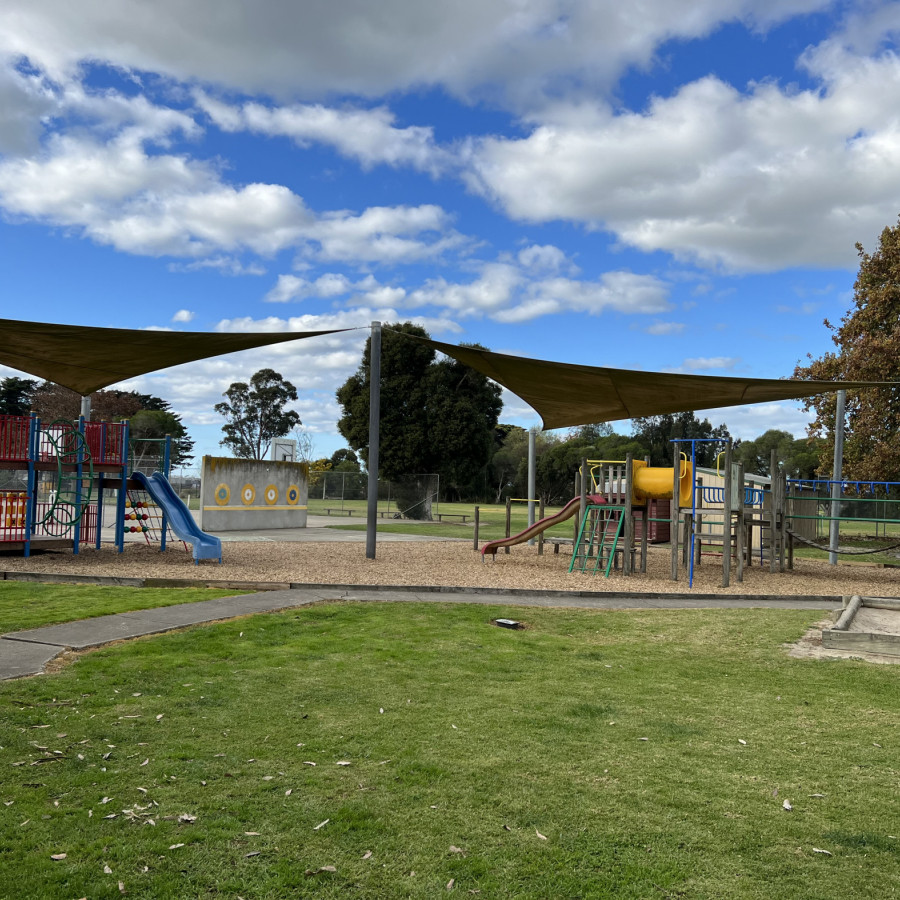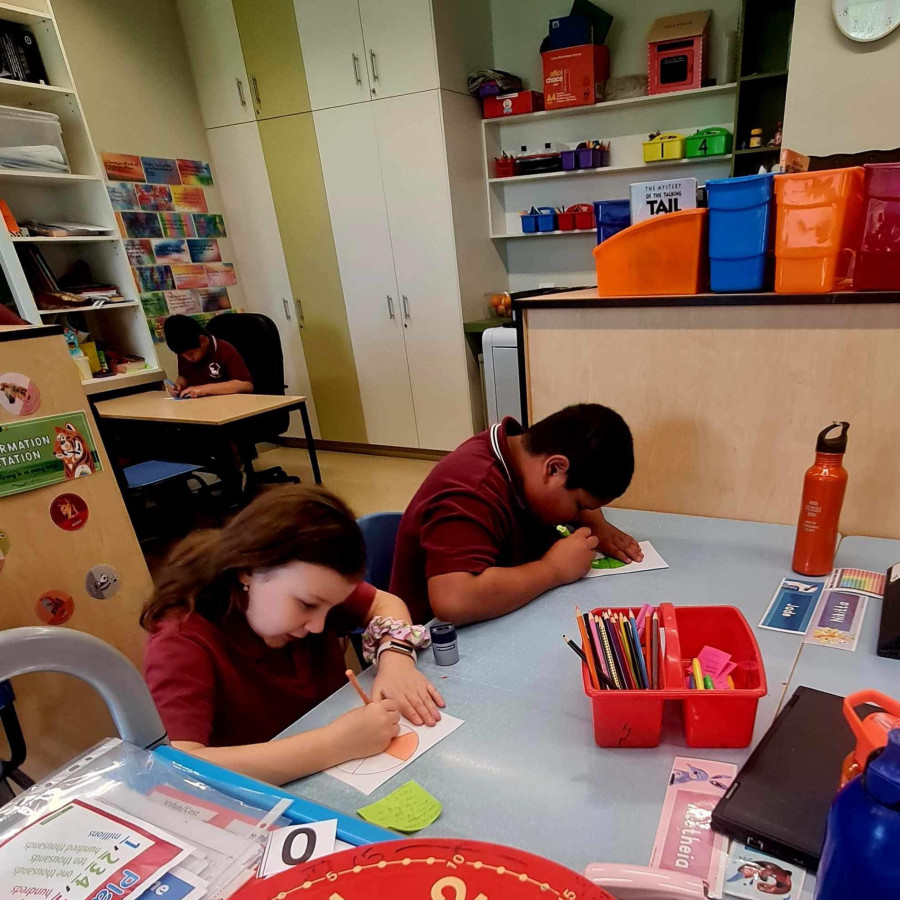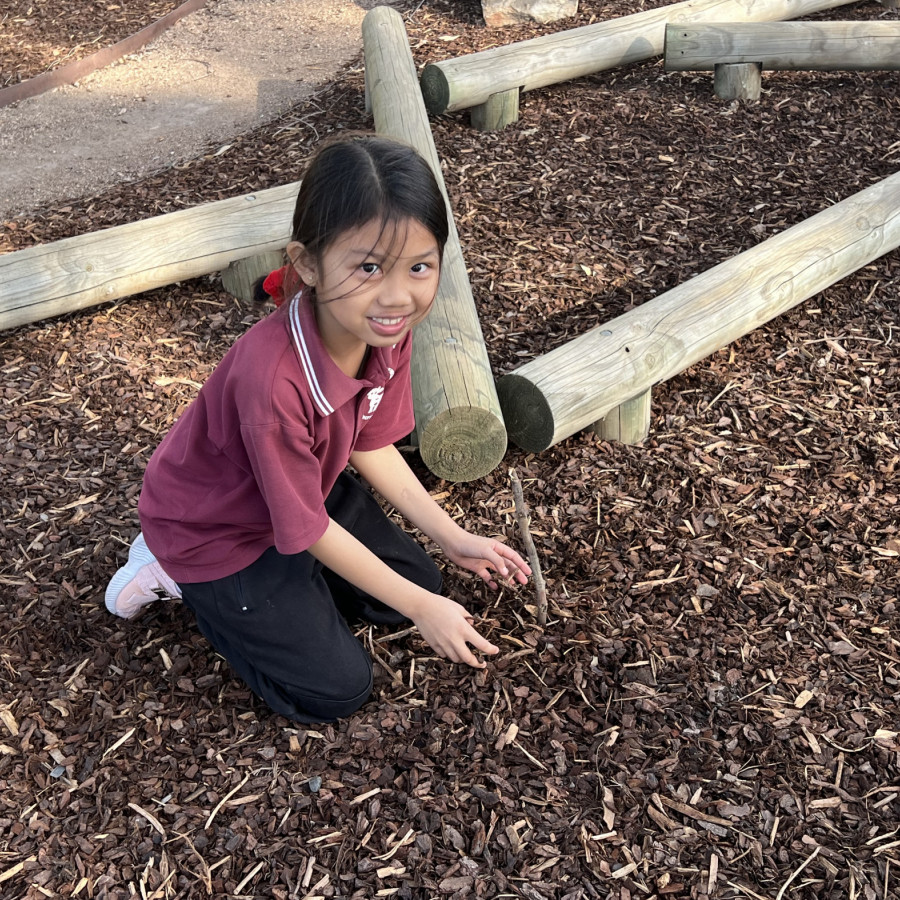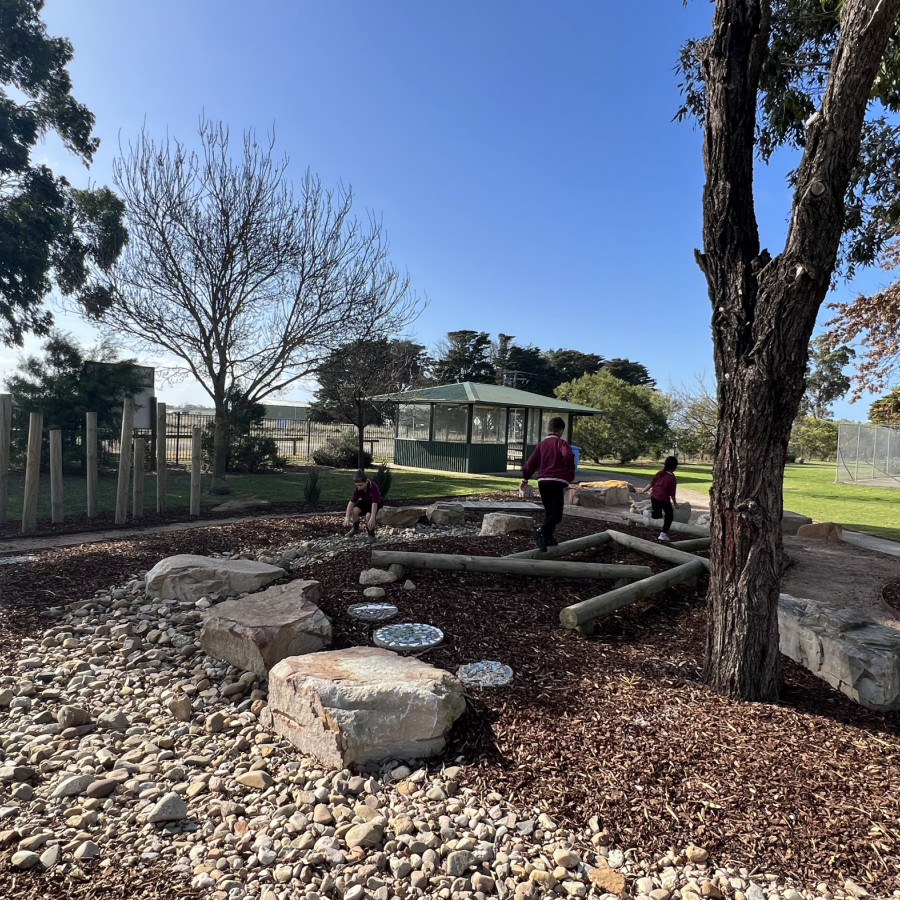School Environment, Resources and History
Our school is situated in a great rural environment and has a rich history. During the 1940's children often rode horses to school which were kept in a small paddock near the school.
School Environment & Resources
School Grounds
The school grounds include:
- a large playing area
- a multi-game sports court
- a rebound wall, sports oval
- extensive shaded adventure playground
- cubby and sand play area
- attractive gardens
School Facilities
Grades 3-6 are situated in a Senior Learning Centre which comprises 3 classrooms, 2 meeting rooms and a central shared learning space. Our Foundation, grades 1 & 2 learners work in classrooms that open out into the outdoor learning area. School Facilities include an art / music / multi-purpose room and the base library for the Mobile Areas Resource Centre (M.A.R.C.).
School Resources
The school is very well resourced, boasting a variety of modern equipment including:
- Networked multimedia computers in every classroom
- Apple TV with full connectivity
- A class bank of laptop computers and a set of ipads
- A ‘Polycom’ tele-conference unit for interacting with students from other schools
- Photocopy, fax and scanning facilities that parents and community groups are also able to access for a small fee (to cover costs).





School History
The original Nambrok School was opened on the 16th September, 1909, in a hall near the present hall and recreation oval, in Hall Road. The school moved from this site to its present site around 1923.
An early teacher at the school in Hall Road, which was known as 'The Pines', was a Miss Showers, who commenced teaching there in 1912. She later married a Mr. Bermingham, and many of their descendants are still in the district and still attend our school.
Up until the school closed during the war, in 1942, it was a one teacher school averaging twenty to thirty children, who studied to grade eight or as it was in those days, the Merit Certificate. Children often rode horses to school which were kept in a small paddock on the other side of the Maffra-Rosedale Road to the school.
The school re-opened, as No. 3626, in 1955 on its present site to accommodate the children of the soldier settlers for whom the district was opened up in the early 1950's. Later in the decade, with all the soldier settlement farms being taken up, the enrolment figure exceeded one-hundred, so two new rooms were added to the original building, also the site was enlarged to include a football oval and general play area.
In 1987 a re-organization between Nambrok and Nambrok West (No. 3648) Primary Schools took place. Nambrok West Primary School's site was on the corner of Nambrok Road and Ross Road. When Nambrok West amalgamated with Nambrok Primary School, all ten students attending Nambrok West transferred to the Nambrok site along with all their equipment and resources. The 'newer' classroom and corridor from Nambrok West was also re-located onto existing buildings here. In 1989 the original Nambrok West classroom was relocated here. This room is known as the 'West Room' and is currently used as a Multi-Purpose Room. The school population increased from an average in the early 1980's of around forty to just over sixty in 1988. The school also went from being a three teacher school to a four teacher school.
In the early 1993 the State Government initiated many changes to the education system. The local result was that the Nambrok and Denison Primary Schools were merged on the Nambrok Primary School site for the commencement of the 1994 school year. School No. 5395, Nambrok-Denison Primary School as we now know it, was established.
The Denison School was originally known as Wandocka but in 1923 re-opened as Denison, No. 4168. In 1964, sixty-four pupils were in attendance at the school, its highest attendance. When the school closed on the 17th December, 1993, most student resources, the two Denison classrooms, corridor, and office area, were moved to the Nambrok site. In 1994 the newly formed Nambrok-Denison Primary School had a population of ninety students, with a staff of five teachers.
